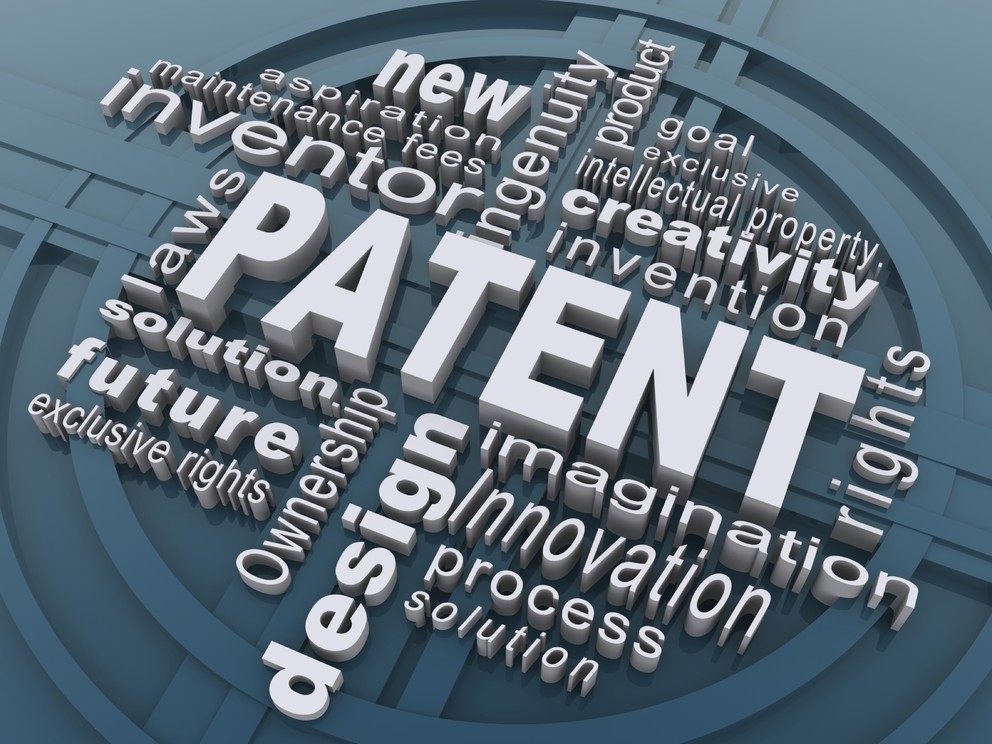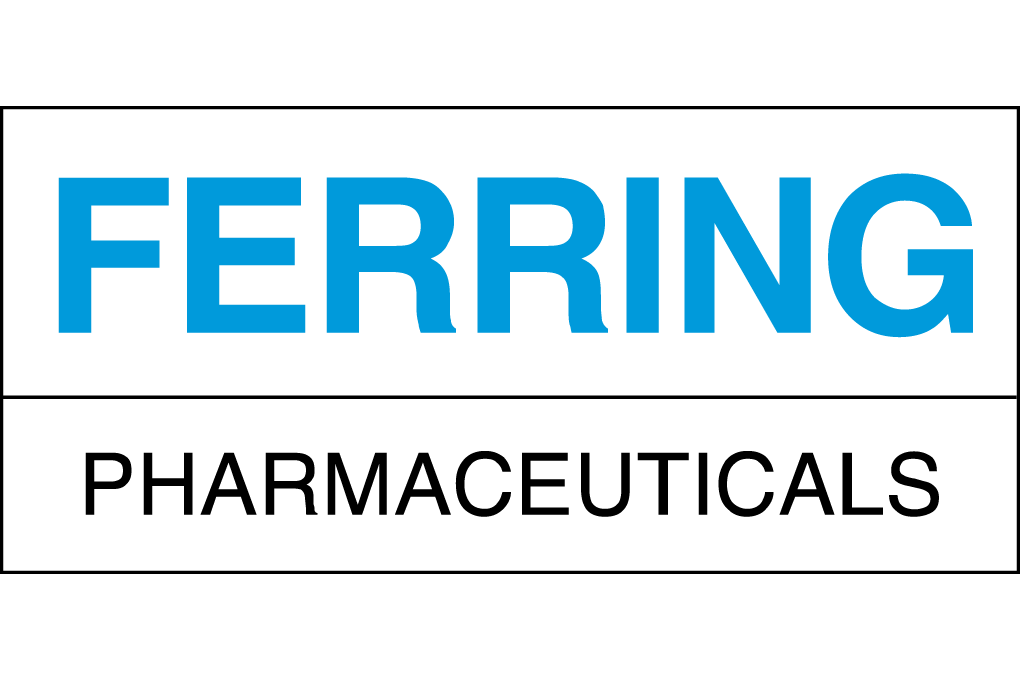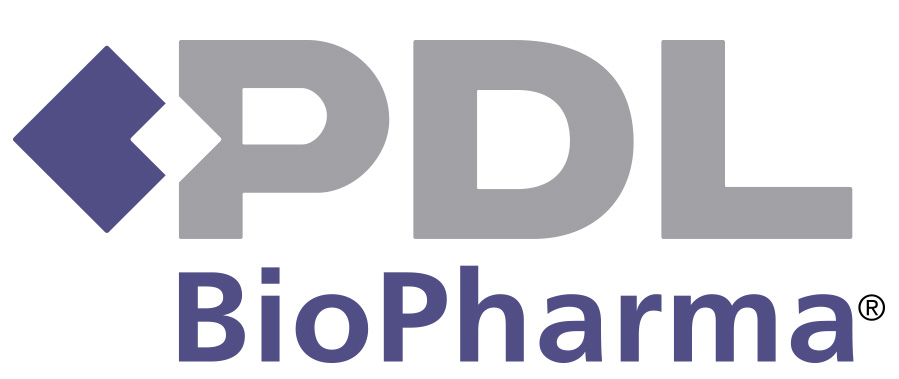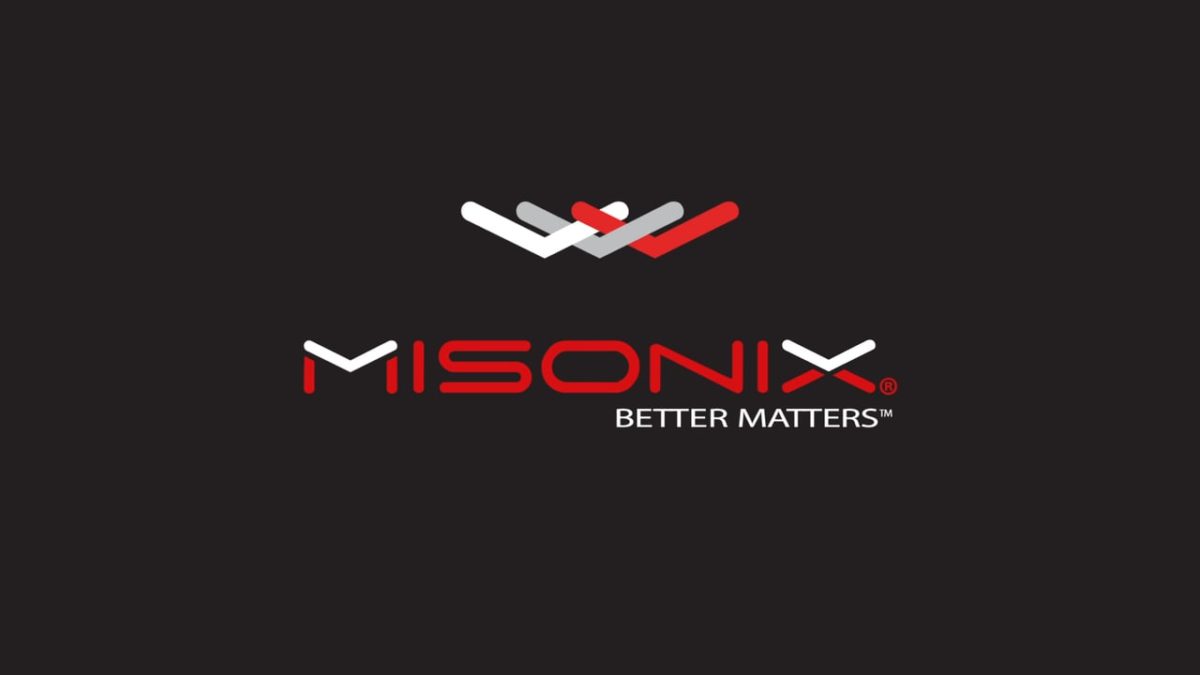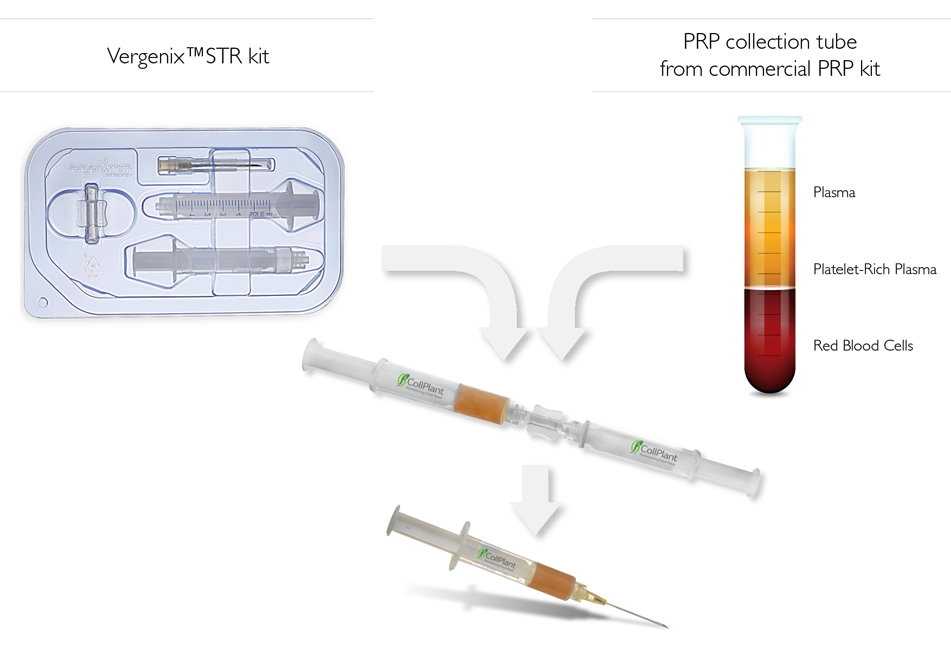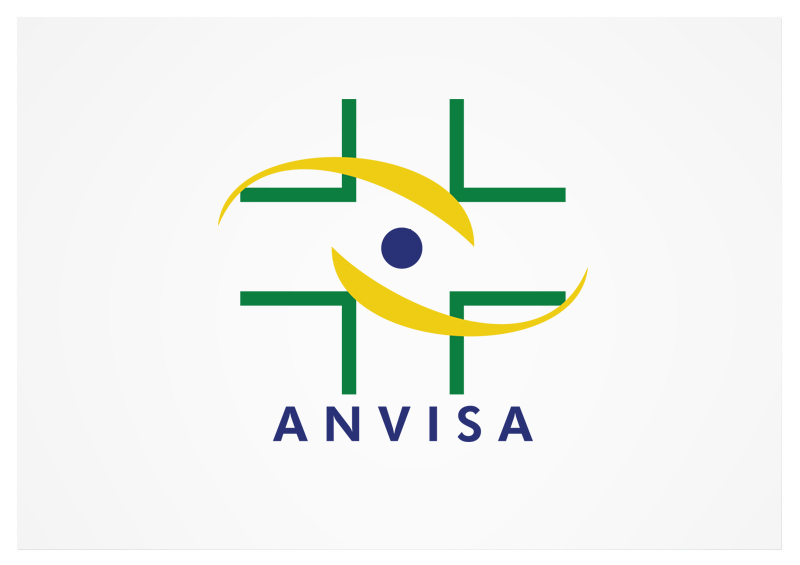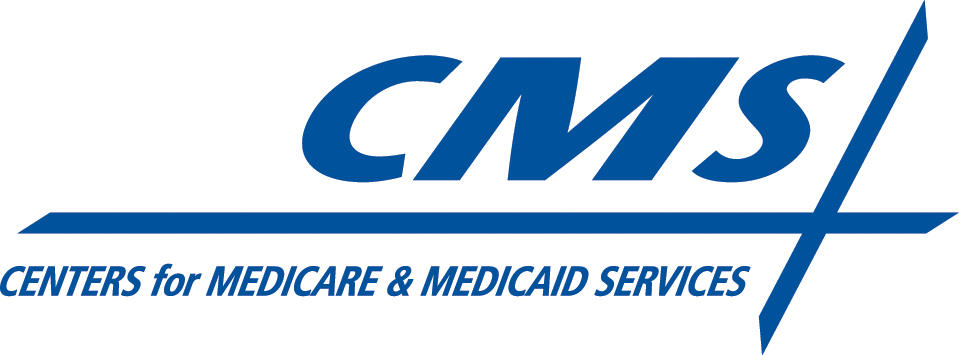MARIETTA, Ga., Aug. 29, 2016 /PRNewswire/ — MiMedx Group, Inc. (NASDAQ: MDXG), the leading regenerative medicine company utilizing human amniotic tissue and patent-protected processes to develop and market advanced products and therapies for the Wound Care, Surgical, Orthopedic, Spine, Sports Medicine, Ophthalmic, and Dental sectors of healthcare, announced today an update to its intellectual property portfolio.
Since the last update of the MiMedx patent portfolio in the Company’s November 19, 2015 press release, the U.S. Patent and Trademark Office has issued six new patents to MiMedx. Of these six, five were issued for the Company’s amniotic membrane allograft product lines and one was issued for the Company’s CollaFix technology platform:
| U.S. Patent Number | Title | Patent Issue Date |
| 9,216,077 | “MEDICAL CONSTRUCTS OF TWISTED LENGTHS OF COLLAGEN FIBERS AND METHODS OF MAKING SAME” | 22-Dec-2015 |
| 9,265,800 | “PLACENTAL TISSUE GRAFTS” | 23-Feb -2016 |
| 9,265,801 | “PLACENTAL TISSUE GRAFTS” | 23-Feb -2016 |
| 9,272,005 | “PLACENTAL TISSUE GRAFTS” | 01-Mar -2016 |
| 9,272,003 | “PLACENTAL TISSUE GRAFTS” | 01-Mar-2016 |
| 9,415,074 | “PLACENTAL TISSUE GRAFTS” | 16-Aug-2016 |
The ‘077 patent expands the portfolio of MiMedx patents related to the Company’s proprietary methodology for the linear organization of natural collagen fibers to form the mechanical construct for optimal stiffness and strength to treat orthopedic and other conditions such as tendon repair. The ‘800; ‘801; ‘005; ‘003; and ‘074 patents further add to the portfolio of patents issued to the Company for its proprietary methodology of preparing placental membrane tissue grafts for medical use.
Parker H. “Pete” Petit, Chairman and CEO, said, “We are continually creating and developing new intellectual property as well as adding to our portfolio of patents that protect our existing intellectual property. At present, the Company’s robust patent portfolio consists of 33 amniotic and placental patents issued and allowed, and nearly 100 amniotic patent applications pending with the U.S Patent and Trademark Office. Counting all of the MiMedx technologies, we currently have over 200 patents issued or pending.”
Bill Taylor, President and COO, added, “We are strongly resolute in enforcing our rights when our patents are infringed upon. Often, this includes complex and costly litigation; however, this is essential if we want to protect our intellectual property to the fullest extent.”
MiMedx also announced today that a finding has been rendered from the Patent Trial and Appeal Board (“PTAB”) of the United States Patent and Trademark Office regarding MiMedx’s United States Patent No. 8,372,437. As with the PTAB’s recent ruling on the ‘687 embossment patent, the PTAB ruled that the ‘437 patent was invalid based on alleged prior art rendering it obvious. This ‘437 patent is not primary to MiMedx’s proprietary processing of amniotic tissues, which processing preserves the cytokines, growth factors, proteins and other critical factors that enhance the clinical performance of the MiMedx dehydrated human amnion/chorion membrane (“dHACM”) allografts.
Petit stated, “The ancillary ‘437 patent is simply one among our robust patent portfolio, and this decision has zero impact on any of our other issued patents and pending applications. Most importantly, the PTAB finding on the ‘437 patent has no bearing on our cornerstone EpiFix® and AmnioFix® patents, the 8,709,494 and 8,323,701 patents, respectively. The validity of these patents was recently upheld by the PTAB. In addition, it should be noted that the PTAB’s decision utilized a far broader standard for construing claims than what is utilized in federal courts. We believe that standard undoubtedly led to the flawed outcome. And, while the ‘437 patent is by no means one of our primary patents, we believe the decision is fundamentally incorrect and we plan to appeal.”
“We have other claims more relevant to product effectiveness and efficacy that are embedded in our other patents covering the topics included in the broad ‘437 patent. The PTAB ruling does not affect our active district court litigations on the cornerstone EpiFix® and AmnioFix® patents, in which Musculoskeletal Transplant Foundation, Inc. (“MTF”), Liventa Bioscience, Inc. and Medline Industries, Inc. are defendants in the one case, and Transplant Technology, Inc. d/b/a Bone Bank Allografts and Texas Human Biologics, Ltd., are defendants in the other case. Those lawsuits remain pending with upcoming trials. As mentioned in our August 11, 2016 press release, the strength of our patent portfolio and the upheld validity of our cornerstone patents contribute to our high confidence for the successful outcome of our pending lawsuits,” noted Taylor.
Petit added, “We are working diligently to bring our patent litigation to closure and look forward to reporting to shareholders positive results from these first trials. Some of these litigation issues can be quite complex so we will continue to inform shareholders of relevant actions. The key issue is that if we are successful in these trials, we will have access to injunctive relief in terms of stopping other competitors from selling products that infringe our patents. We will then be able to proceed against other violators of our patents and seek injunctive relief to stop their distribution of these infringing products.”
“Businesses ultimately succeed or fail through competition in the marketplace. We have proven our ability to compete and win in the marketplace with our products over the last five years. However, as a patent holder, we also believe it is worth investing time and expense on the legal front as well to protect the extensive effort that we have put into the development of our patents,” concluded Petit.
About MiMedx
MiMedx® is an integrated developer, processor and marketer of patent protected and proprietary regenerative biomaterial products and bioimplants processed from human amniotic membrane and other birth tissues and human skin and bone. “Innovations in Regenerative Biomaterials” is the framework behind our mission to give physicians products and tissues to help the body heal itself. The MiMedx allograft product families include our: dHACM family with AmnioFix®, EpiFix® and EpiBurn® brands; Amniotic Fluid family with OrthoFlo brand; Umbilical family with EpiCord™ and AmnioCord™ brands; Placental Collagen family with CollaFix™ brand; Bone family with Physio® brand; and Skin family with AlloBurn™ brand. AmnioFix, EpiFix, and EpiBurn are our tissue technologies processed from human amniotic membrane; OrthoFlo is an amniotic fluid derived allograft; EpiCord™ and AmnioCord™ are derived from the umbilical cord; Physio is a unique bone grafting material comprised of 100% bone tissue with no added carrier; AlloBurn is a skin product derived from human skin designed for the treatment of burns; and CollaFix, our next brand we plan to commercialize, is our collagen fiber technology, developed with our patented cross-linking polymers, designed to mimic the natural composition, structure and mechanical properties of musculoskeletal tissues in order to augment their repair.
We process the human amniotic membrane utilizing our proprietary PURION® Process, to produce a safe and effective implant. MiMedx is the leading supplier of amniotic tissue, having supplied over 600,000 allografts to date for application in the Wound Care, Burn, Surgical, Orthopedic, Spine, Sports Medicine, Ophthalmic and Dental sectors of healthcare.
Safe Harbor Statement
This press release includes statements that look forward in time or that express management’s beliefs, expectations or hopes. Such statements are forward-looking statements within the meaning of the Private Securities Litigation Reform Act of 1995. These statements include, but are not limited to the Company’s approach to new patent filings and applications and enforcing its rights when its patents are infringed upon are essential elements of protecting its intellectual property; the Company’s belief that the PTAB’s finding that the ‘437 patent is invalid was wrongly decided; the Company’s belief that the standard employed by the PTAB led to the flawed ruling; the belief that the ‘437 patent is a novel concept; the Company’s beliefs that claims more relevant to product effectiveness and efficacy are embedded in its other patents covering the topics included in the broad ‘437 patent; the Company’s belief that it has proven its ability to compete and win in the marketplace with its products over the last five years; and the fact that both the ‘494 and ‘701 patents were upheld in IPR challenges gives the Company confidence that it will fully prevail at the conclusion of the two noted lawsuits at trial. Among the risks and uncertainties that could cause actual results to differ materially from those indicated by such forward-looking statements include the patents that have been developed and the Company’s approach to filing and enforcement of its rights may not provide sufficient protection of the Company’s intellectual property assets; that the Company’s development of patentable technology may not continue at the same pace; the fact that the ‘494 and ‘701 patents were upheld in IPR challenges does not require that the patents be upheld at trial; if appealed, the PTAB decision on the ‘437 patent may still be upheld, despite the Company’s belief that the case was wrongly decided and that the patent is a novel concept; the Company’s ability to successfully compete in the marketplace may change in the future; the normal risks and uncertainties of litigation; and the risk factors detailed from time to time in the Company’s periodic Securities and Exchange Commission filings, including, without limitation, its 10-K filing for the fiscal year ended December 31, 2015 and its most recent 10Q. By making these forward-looking statements, the Company does not undertake to update them in any manner except as may be required by the Company’s disclosure obligations in filings it makes with the Securities and Exchange Commission under the federal securities laws.
SOURCE MiMedx
